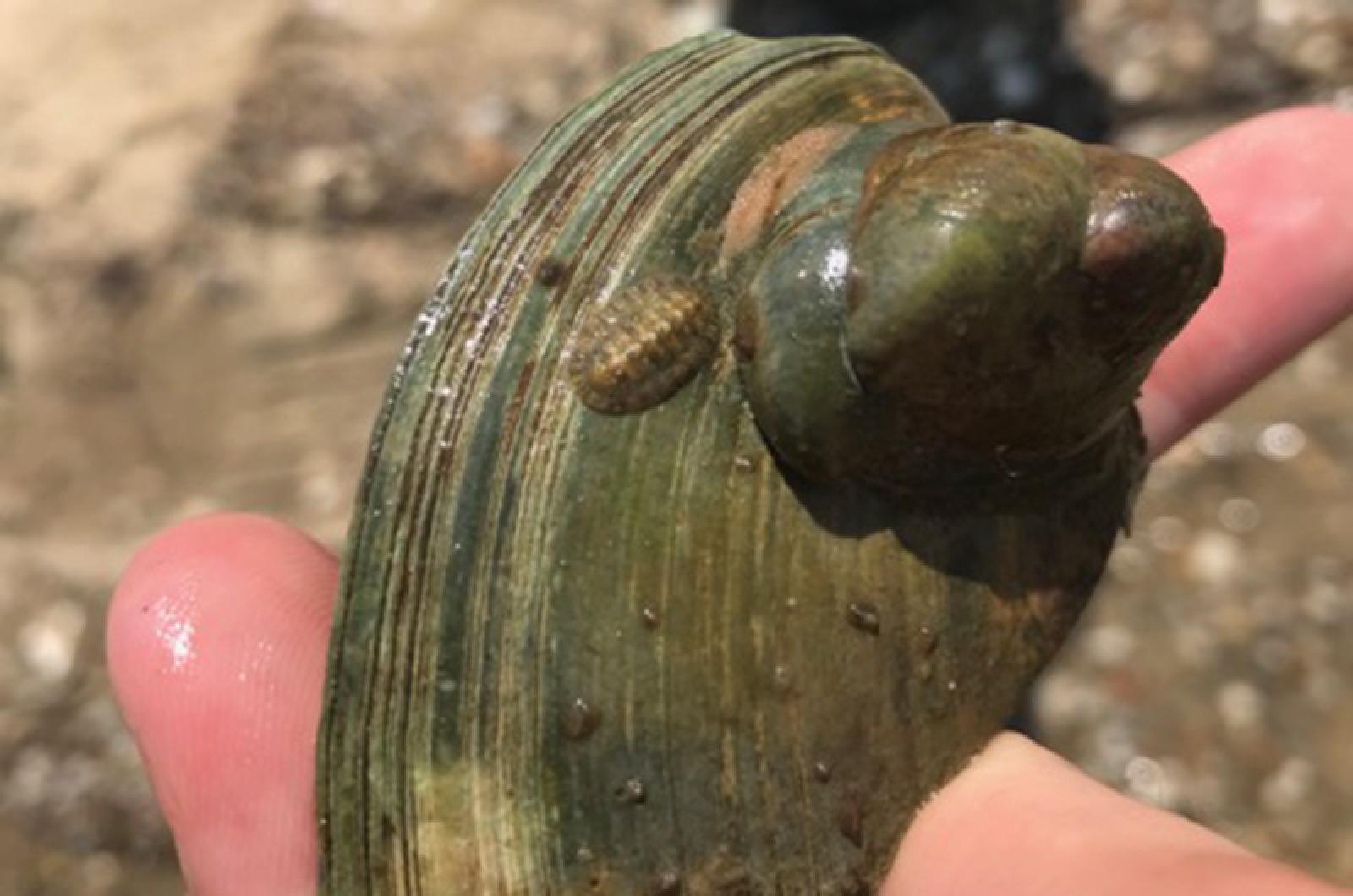Beachcomber and paleoecologist Heinz Lowenstam needed something he could really sink his teeth into. He found it in a discovery about a small mollusk called a chiton.
Lowenstam, a contemporary German-born American scientist, confirmed that some living organisms were able to produce minerals. This process, called biomineralization, was proven in the study of the teeth of the chiton. His work revealed that the teeth of chitons were composed of self-produced magnetite, a mineral that also has magnetic properties.
A few other fascinating things have come out of research on the chiton’s teeth. The first is that they are the hardest teeth known in nature, with a Mohr’s scale hardness rating of six on a scale of zero to 10. For comparison, consider that quartz is a seven and diamonds come in at 10. The other interesting item is that the magnetite produced can serve as a magnet and help one find north by drying, magnetizing and floating the animal (or just its teeth) in the water.
Those special teeth are found on the chiton’s radula, a rasping tongue that the animal uses to scrape algae and plant matter for food. The teeth are positioned with the youngest in the back and the oldest on the tip, pushing forward every few days like a conveyor belt – a dentist’s dream in both strength and efficiency.
The chiton’s curiosity goes beyond its choppers. This exclusively marine mollusk is a small armored beast that has eight individual plates and a girdle or mantle that holds it all together. The plates facilitate movement and offer protection.
For those unfamiliar, a chiton resembles a very simple snail and is related to limpets and slipper shells. However, it can act like a land-based pill bug because, once removed from its hard substrate of rock or shell, it will curl up into a ball for protection.
Chitons, also called sea cradles and coat-of-mail shells, might not be recognizable to many Islanders because they are not abundant in our waters. According to Richard Heuer, Jr., author of Exploring for Sea Shells on Martha’s Vineyard, they are “found very rarely along the shore of Lagoon Pond, Sengekontacket Pond, Hart Haven and south of the Chappy Ferry landing,” and in fact, one was recently found at State Beach. If chitons are seen, it is often on rocks or the shells of other animals such as clams and scallops.
Heuer lists two species in his 1970’s classic shell tome: the common eastern chiton (also called the pill bug or bee chiton) and the red northern chiton, but notes that the latter has been reported but was unconfirmed. Allan Keith and Stephen Spongberg show one species, common eastern chitin, in their 2008 Island Life book. Other North Atlantic shell guides report a few additional species possible on our shores.
With this scarcity, it would be hard to find enough to make a meal but in other areas there are species of chitons known for their ubiquity and edibility. Pacific harvesters have a mouthful with their gumboot chiton, which grows to over a foot and weights up to four pounds. And in the West Indies there is a chiton called sea beef that can be eaten raw, fried, or boiled, and is used in soups and chowders.
For us on this Island, our chitons will have to remain a feast only for the eyes and food for thought alone.
The little animal does seem like a living proverb: those with exceptionally sharp tongues should not only have good defenses, but be rarely encountered.
Suzan Bellincampi is director of the Felix Neck Wildlife Sanctuary in Edgartown, and author of Martha’s Vineyard: A Field Guide to Island Nature.






Comments
Comment policy »